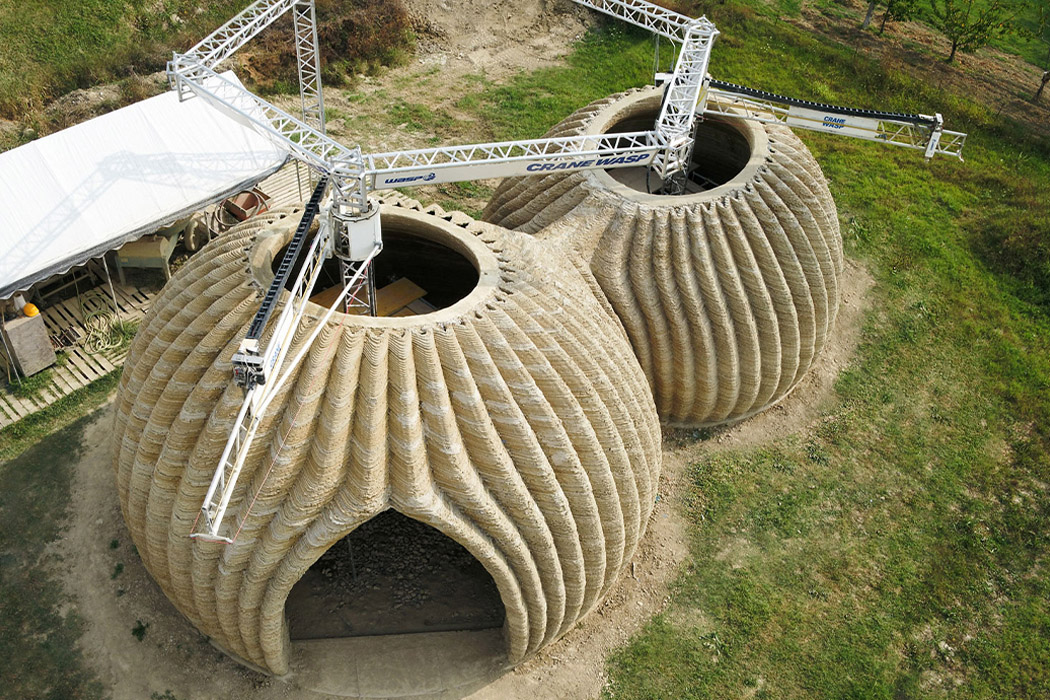
Nowadays almost everything is being 3D printed, so why should architecture be an exception? Many architectural firms are adopting 3D printing as their preferred technique to build structures. It’s a simple, efficient, and innovative technique that lowers the risks of errors, and also manages to save on time! 3D printing eradicates a lot of tedious steps during the construction process and simplifies it. It is being used to build homes, habitats on Mars, and even coral reef islands! The potential and possibilities of 3D printing in architecture are endless and mindblowing. We’ve curated a collection of 3D-printed structures that left us mesmerized – from a sustainable global habitat to a house fit for Mars, we’ve got a little something for all types of arch lovers!
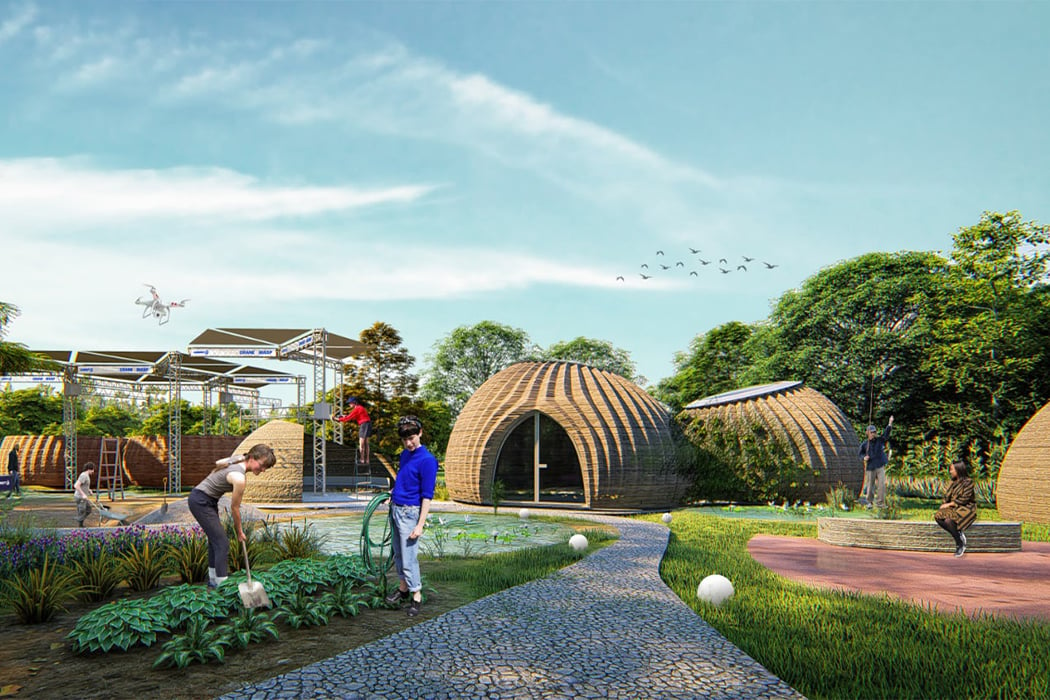
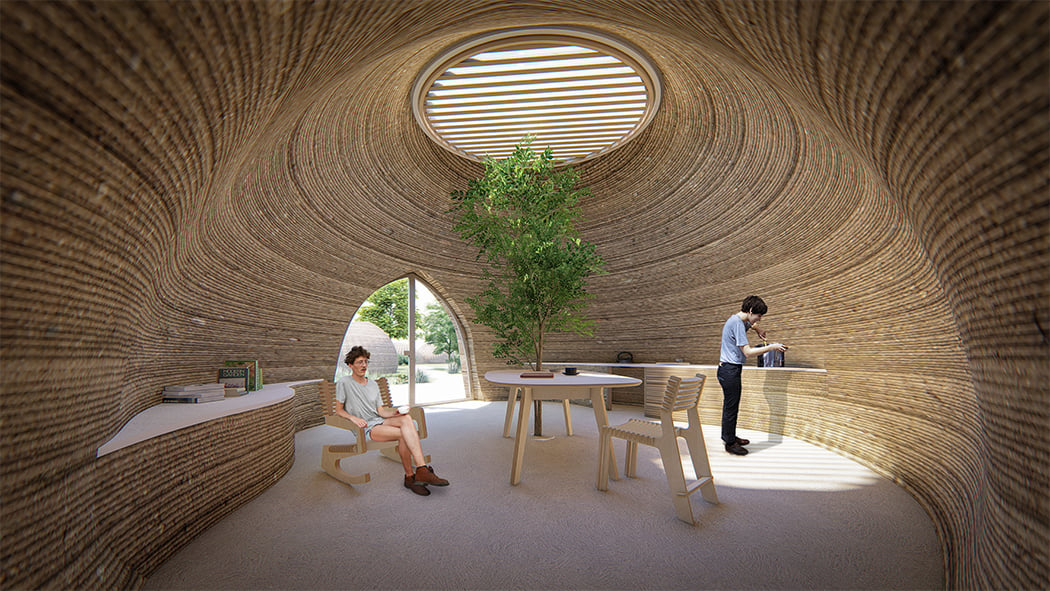
TECLA is a completely 3D printed global habitat based on natural materials. TECLA’s construction started as a prototype in 2019 near Bologna, Italy as a response to pressing societal issues of explosive population growth which inevitably led to a lack of affordable accommodation. TECLA is created using entirely reusable, recyclable materials taken from the local terrain – it aims to be a model for circular housing as well as eco-housing. The habitat has been designed by Mario Cucinella Architects and brought to life by WASP’s engineering and printing tech. TECLA is set to be the first house to be entirely 3D-printed using locally sourced clay which has been used for centuries in countries like India as a cost-effective and environmentally friendly alternative to cement – clay is a biodegradable and recyclable material that will make the building a zero-waste structure.
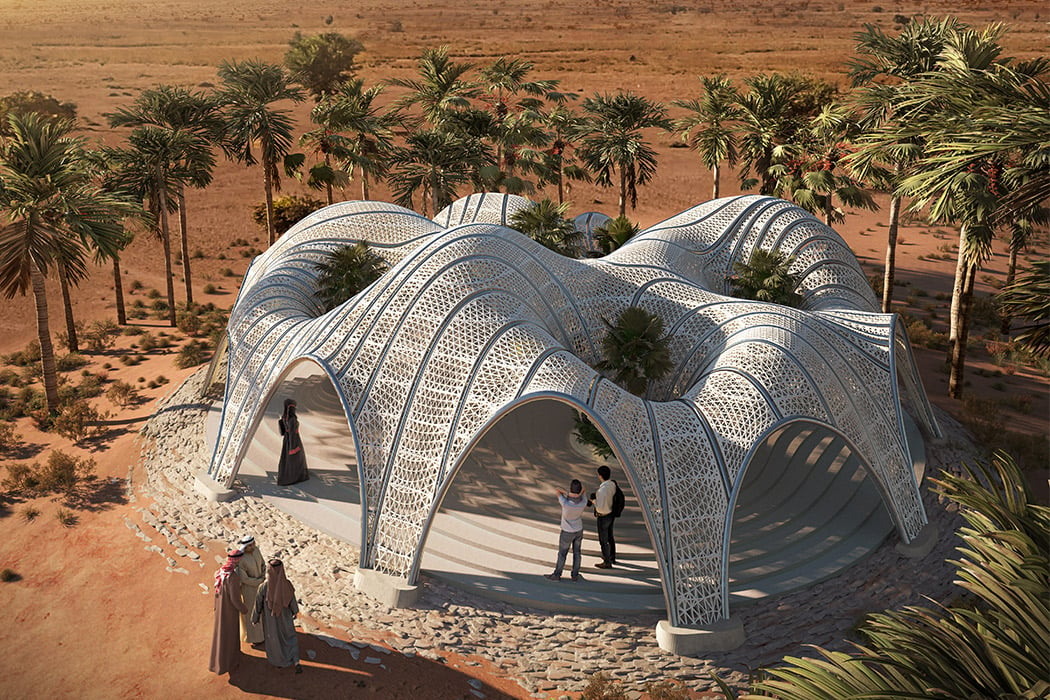
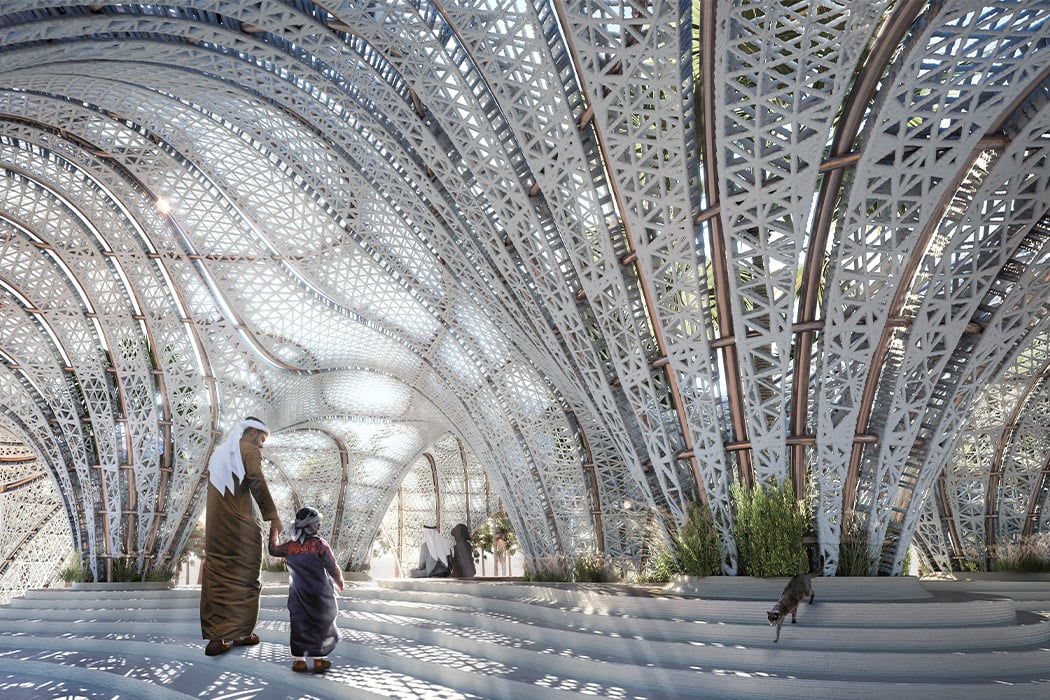
What would you print with free access to a 3D printer and resources? My imagination is running wild between custom accessories and a tiny house! Architecture firm, MEAN* (Middle East Architecture Network), did just that and designed a complete 3D printed pavilion to welcome visitors from all over the world into the mystical desert of Wadi Rum in Jordan. Fun fact about Wadi Rum – it looks so much like the Martian landscape that it has served as a stage for multiple space movies, even for ‘Rogue One: A Star Wars Story’, a cult classic! The Desert Pavilion was created to be a communal oasis of heritage and micro-ecology. When you look at the renders, the structure is a blend of local Bedouin architecture with space-age technology. The design team has envisioned an innovative use of 3D printed panels by deploying them onto a CNC bent steel pipe system. To simulate a holistic tent-like structure, the team used a hybrid of 3D printed polymer shells on 3D printed concrete topography with the ‘Mesh Relaxation’ parametric strategy.

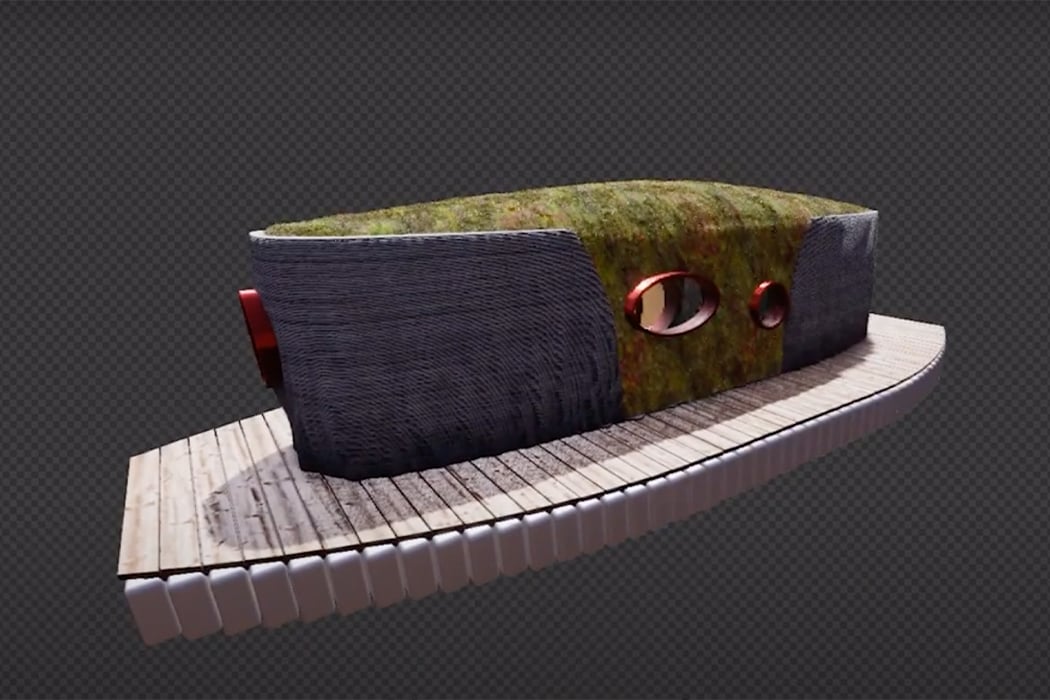
Prvok is the name of this project and it will be the first 3D printed house in the Czech Republic built by Michal Trpak, a sculptor, and Stavebni Sporitelna Ceske Sporitelny who is a notable member of the Erste building society. The house is designed to float and only takes 48 hours to build! Not only is that seven times faster than traditional houses, but it also reduces construction costs by 50%. No bricks, cement, and concrete (responsible for 8% of CO2 emissions alone!) are used which means it reduces carbon emissions by 20% – imagines how much CO2 could be reduced if this was used to build a colony. A robotic arm called Scoolpt designed by Jiri Vele, an architect, and programmer will be used in 3D printing and can print as fast as 15 cm per second.
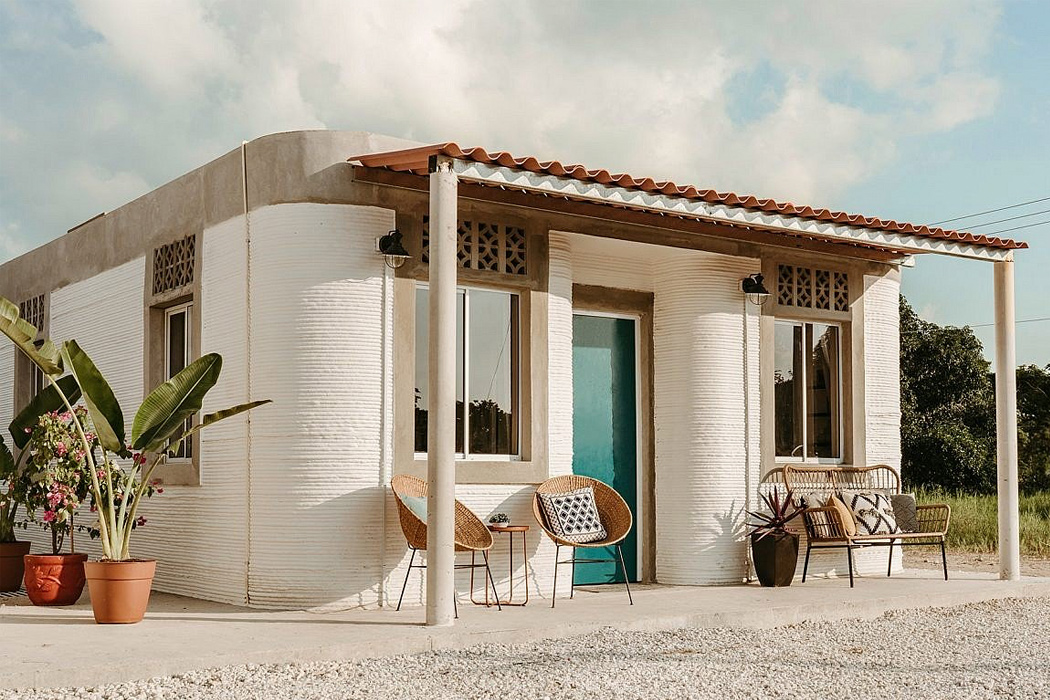
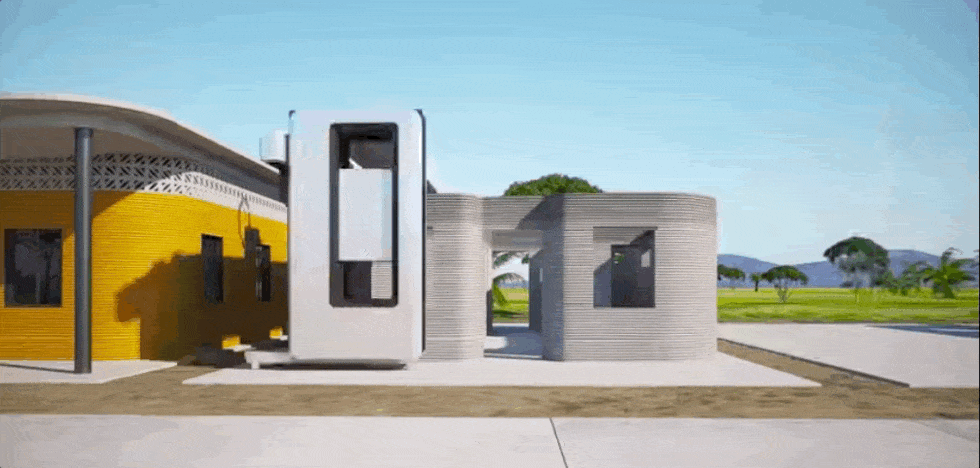
Nonprofit New Story, tech company ICON, and design studio fuseproject collaborated to bring an end to global homelessness…or to at least kickstart the beginning of its end. How did they do so? They recently unveiled the world’s first 3D-printed neighborhood in Tabasco, Southern Mexico. Yves Béhar and his studio fuseproject designed the homes by directly collaborating and working with the families they were being built for. “As we spoke to the community members, we realized that a single house design doesn’t respond to the needs and expectations,” said Béhar. “This led us to design a system that allows for different programs, climate factors, and growth for families and spaces.” The community members were included in the selection of the land and throughout the planning process, to ensure their housing requirements were met. The end result will be a lively 3D-printed neighborhood of fifty 500-square-foot, single-story houses for the poorest communities who are always the last to benefit from innovation and technology…
more…
3D Printed Architecture that show why this trend is the future of modern architecture!



